We know that Rebar. It is known as reinforcement steel and reinforcing steel. This is a steel bar or mesh bar of steel wire used in reinforced concrete and masonry structures to strengthen and hold this concrete in tension.
Reinforcing steel bars are used to help the concrete withstand tension forces.
Why use Rinforcmnet in Concrete?
Important Point
Steel reinforcement/rebars are used to improve the tensile strength of the concrete, so concrete is very weak in tension but is strong in compression. So this reason to used Rinfoenment in concrete.
Also, Steel is only used as rebar because of the elongation of steel due to high temperatures nearly equal to that of concrete.
Also, read: Concrete Mix Ratio | What Is Concrete Mix Ratio | Type of Concrete Mix Ratio
Why is Rebar Important In Civil?
Rebar/Reinforcement makes concrete serval times more resistant to failure. Rebar is provided tensile strength using a reinforcing bar that is resistant to correction.
If you want to make a concrete structure, this rebar provides much stronger support than steel wires, reinforcing fiberglass and many other products available on the market.
Because of provides structural strength in its own right.
Also, Read: Difference Between Short Column and Long Column | What Is Column | Types of Column
Rebars Manufactured in Various Forms As Below.
- Round Shape.
- Ribbed.
- Ribbed and Twisted.
- Stretched, Twisted, and Ribbed.
- Square Twisted.
Types of Steel Reinforcement Bars
- Mild Steel Bar
- Deformed Steel Bar
- TMT Bars (Thermo Mechanically Treated Bars)
- High Strength Deformed Bars
- Other Types of Rebars
- Stainless Steel Rebar
- Glass-Fiber-Reinforced-Polymer (GFRP)
- Galvanized Rebar
- Epoxy-Coated Rebar
- Carbon Steel Rebar
- European Rebar
Also, read: What is Plum Concrete | Application | Mix Design | Methodology
Mild Steel Bars
This type of steel bars is used for tensile stress of Reinforced cement concrete slab beams etc. This Mild steel bar is plain and round shape available.
Size of steel bars 6 to 50 mm dia. This rod is manufactured in long lengths and may be cut quickly and be bent easily without damage.
Grades in mild steel bars, Designed as Fe 410 -S or Grade 60. This is grade-I designated, and grade-II designated ad Fe- 410 ore Grade 40
Relevant Is Code : IS: 432, part-I -1982
Deformed Steel Bar
As deformed bars are rods of steels supplied with lugs, ribs, or deformation in the surface of a bar, these bars minimize slippage in concrete and increases the bond between both materials.
Thi Deformed bars have more tensile stresses than that of mild steel plain bars. These bars may be used without end hooks. The deformation ought to be spaced along the bar at substantially uniform distances.
To limit cracks that can develop in reinforced concrete around mild steel bars because of stretching of bars and some lose of bond under load, it’s not uncommon to use deformed bars that have projecting ribs or are twisted to improve this bond with concrete. This bars are produced in sections from 6 mm to 50-millimeter dia.
Grades in mild steel bars, Designed as Fe 540 -S or Grade 75.
Relevant Is Code : IS: 1786-1985
Also, read: What Is Cover in Concrete | Clear Cover in Beams, Slab, Column, Footing
TMT Bars (Thermo Mechanically Treated Bars)
Thermo Mechanically Treated Bars are hot treated bars that have a lot of strength used in reinforced cement (RCC) work.
It’s the latest induction at the MS steel bars with superior properties like strength, ductility, welding ability, bending ability, and highest quality standards at the international level.
High Strength Deformed Bars
High strength deformed bars are cold twisted steel bars with lugs, ribs, projection, or deformation in the surface.
It the extensively and majorly used for reinforcement functions in a construction. These bars are created in sections or sizes from 4 mm to 50 millimeters in diameter.
Different Types of Rebar And Does it Matter?
The compressive strength of concrete is very high (Tremendous). Incredible force is required to crush concrete.
But, concrete has a relatively weak tensile strength. So less force is required to crack concrete by twisting or bending it than is required to crush concrete.
Stainless Steel Rebar
Stainless steel rebar has become the most expensive reinforcing bar available, about eight times the cost of epoxy-coated rebar.
It’s also the best rebar available for many projects. But, using stainless steel in all but the most special of circumstances is often overkill.
However, for those who have a reason to use it, stainless steel rebar 1,500 times more resistant to corrosion than a black bar.
This is more resistant to damage than any of that other corrosive-resistant or corrosive-proof type of rebar, and it may be bent in the field.
Glass-Fiber-Reinforced-Polymer (GFRP)
GFRP is a composite similar to carbon fiber. As a result, field bends aren’t permitted when using GFRP. But it won’t corrode, period.
In that respect, GFRP (Glass-Fiber-Reinforced-Polymer) is an unparalleled concrete reinforcement bar.
Once it costs ten times as much as epoxy coated rebar per pound, it’s extremely light, so that the cost is only about double when considering talking linear feet.
Also, read: What Is Honeycomb In Concrete | Cause | Cure | Type of Grouting
Galvanized Rebar
Galvanized rebar is simply forty times more resistant to rust than black rebar, but it’s more difficult to damage the coat of galvanized rebar.
In that respect, it’s more value than epoxy-coated rebar. But it’s about 40 percent more expensive than epoxy-coated rebar.
Epoxy-Coated Rebar
Epoxy-coated rebar is black rebar having an epoxy coat. It has the same textile strength but is 70 to 1,700 times more resistant to rust.
However, the epoxy coating is incredibly delicate. The greater the damage to the coat, the less resistant to rust.
Carbon Steel Rebar
The most common rebar, “black” bar, is used on each type and scale of this project with few exceptions. The biggest weakness of black rebar is that it corrodes.
When rebar corrodes, it expands cracking and breaking the concrete around it. For situations where the rebar may be exposed to water or humidity saturation, there are better options than black rebar.
But with respect to is value/tensile strength ratio, black rebar is the best rebar available.
European Rebar
The strength of European rebar is its cost. Made principally of manganese, European rebar is your least resistant type of rebar with respect to bending.
While easy to work with, it is usually not recommended to be used in areas that experience earthquakes nor for projects which require substantial structural integrity from its rebar.
Also, Read: 14 Difference Between One Way Slab and Two Way Slab | What is Slab | What Is a One Way Slab
Different Codes In Grades of Rebar
Q – American Standard (ASTM A 615)
A – Grade 75 (520), Grade 80 (550)
Q – Euro Standard(DIN 488)
A – BST 500 S, BST 500 M
Q – British Standard BS4449: 1997
A – GR 460 A, GR 460 B
Q – Indian Standard (IS: 1786)
A – Grade Fe – 415, Fe – 500, Fe – 500D, Grade Fe – 550
Rebar-
Rebar, also known as reinforcement steel and reinforcing steel, is a steel bar or mesh of steel wires used in reinforced concrete and masonry structures to strengthen and hold the concrete in tension. To improve the quality of the bond with the concrete, the surface of rebar is often patterned
Like this post? Share it with your friends!
Suggested Read –
- Top 10 Best Cement Companies In India 2021
- Difference Between Lap Length and Development Length
- Difference Between Plinth Level, Sill Level, and Lintel Level.
- What Is Grouting | Types of Grouting | Advantage of Grouting
- What Is Slab Beam / Hidden Beam / Concealed Beam | Advantage and Disadvantage
- What Is a Bar Bending Schedule | Preparation as Per Bs 4466 | Tolerances as Per Bs 4466
- What Are Glass Fiber Reinforced Gypsum | Applications of GFRG | Disadvantages of The GFRG Panel
- What Is Chicken Mesh for Plaster | Type of Chicken Mesh for Plaster | Why Use Chicken Mesh for Plaster
- How to Load Calculation on Column, Beam, Wall & Slab | Column Design Calculations | Beam Load Calculation | Wall Load Calculation | Steel Load Calculation
- Combined Footing | What Is Combined Footing | Advantage & Disadvantage of Combined Footing | Application of Combined Footing | Types of Combined Footing | Combined Footing Design
Originally posted 2020-08-24 04:31:49.

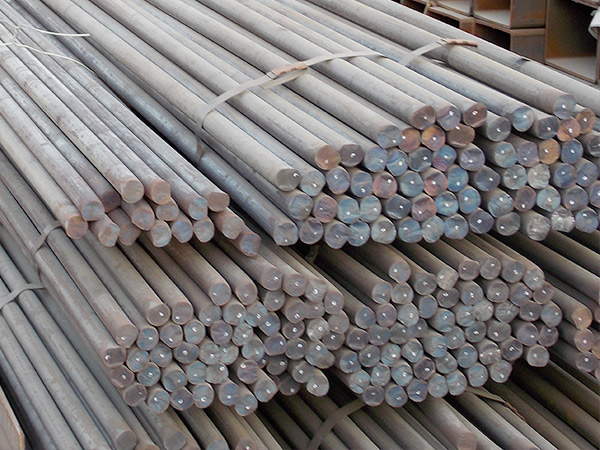
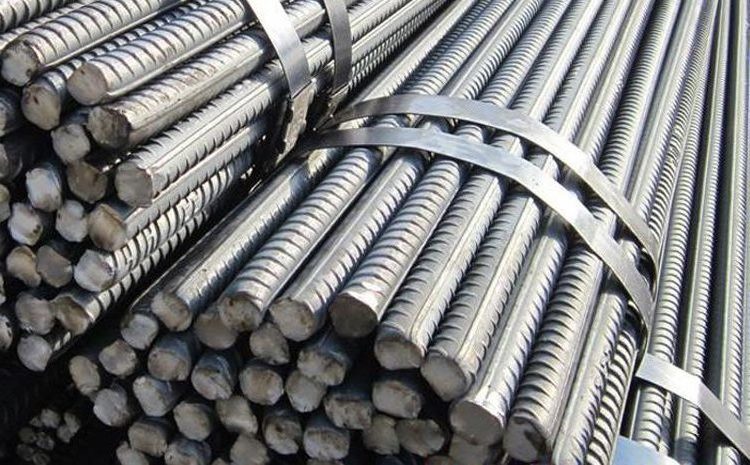
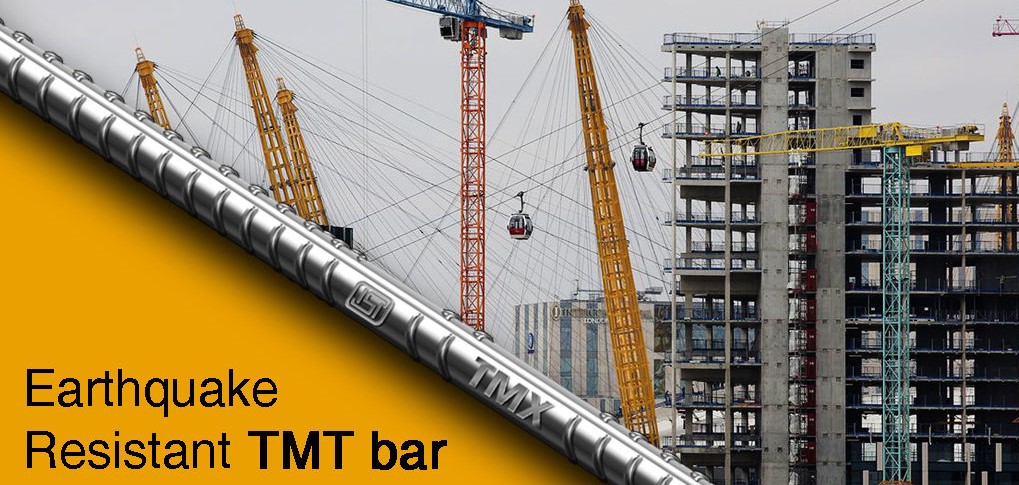

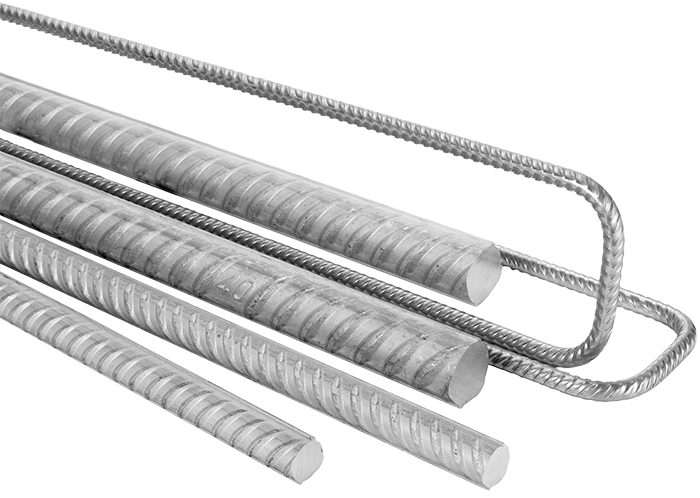
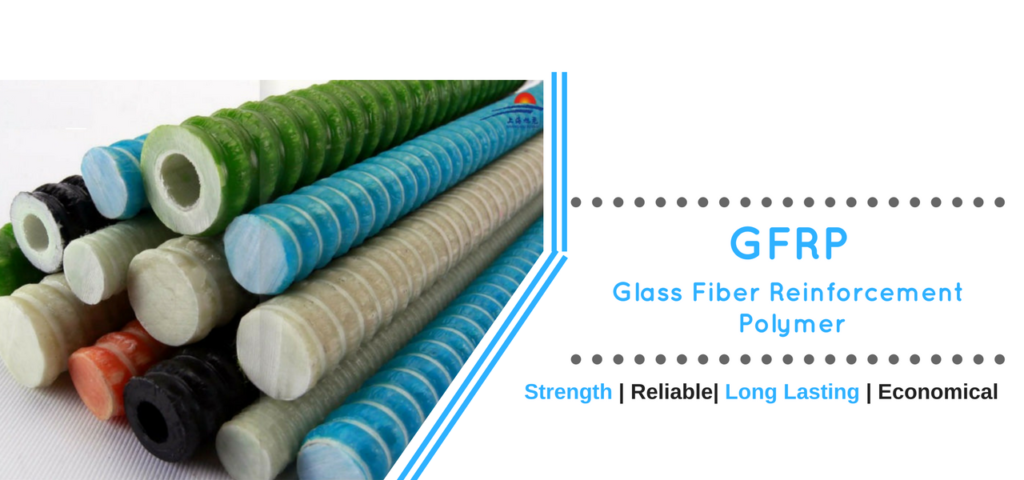
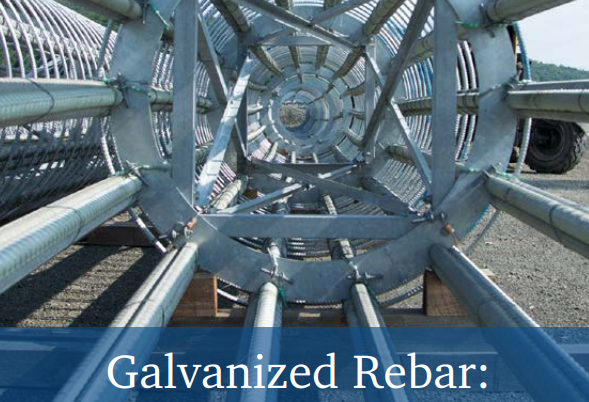
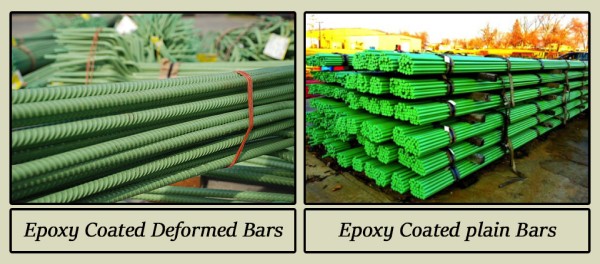

It’s interesting to learn that GFRP rebar doesn’t corrode and is extremely light. I remember my uncle telling me that he is looking for more rebar to start his construction site on a new apartment complex. He should try and look for different types of rebar that won’t corrode and last a long time.
Thanks